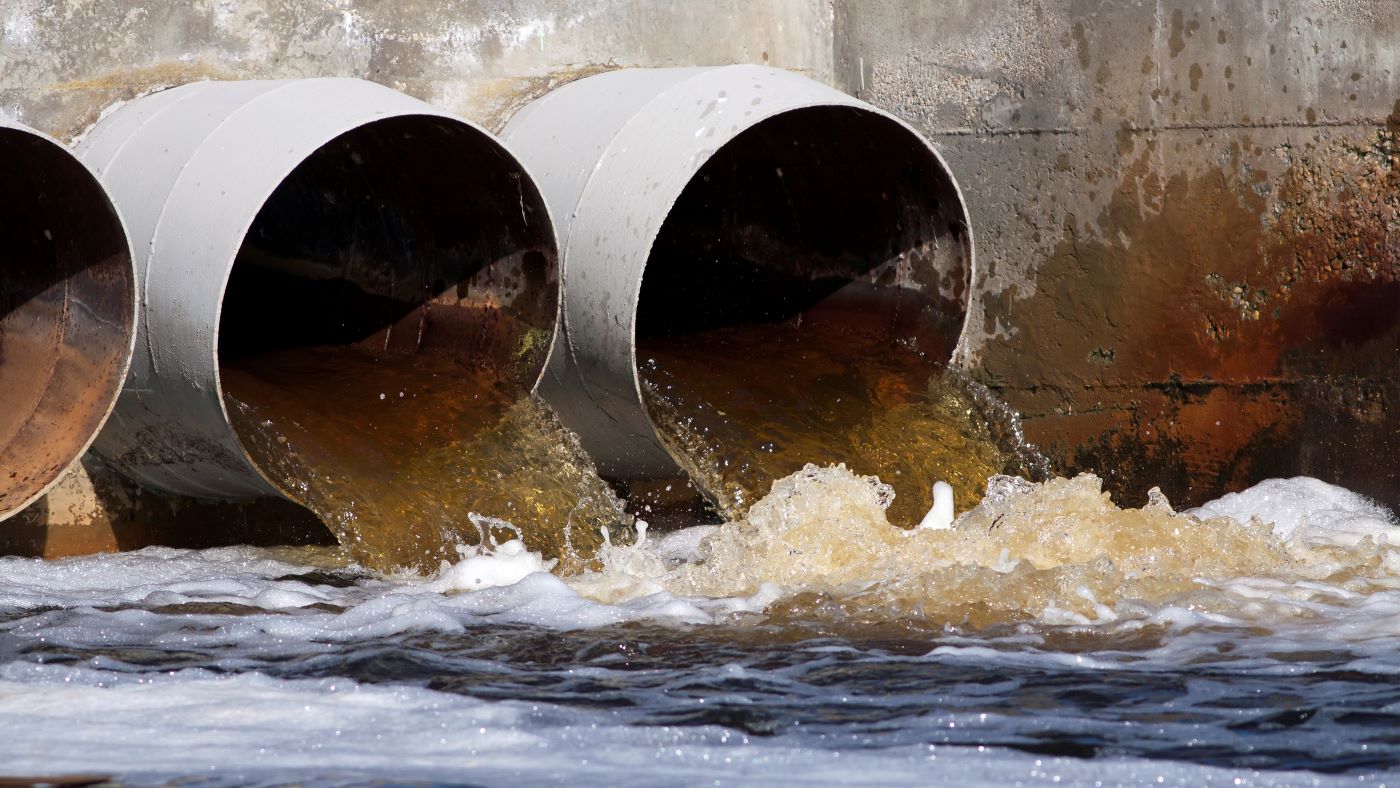The Value of Chemical Processes in Waste Water Treatment
The Value of Chemical Processes in Waste Water Treatment
Blog Article
Strategic Approaches to Boost Waste Water Therapy Efficiency and Lessen Ecological Effect
In the realm of drainage therapy, the pursuit for enhanced effectiveness and minimized ecological impact is a perpetual obstacle that requires strategic options. As culture faces the critical to manage water resources sustainably, a nuanced technique comes to be essential. The combination of advanced therapy modern technologies, energy-efficient procedures, source recuperation approaches, boosted nutrient elimination strategies, and clever surveillance and control systems stands for a complex structure for addressing these pushing problems. Nonetheless, what exists at the core of this facility internet of methods is the possible to reinvent the method we approach waste water therapy, not simply as a procedure of disposal, yet as a beneficial possibility for technology and ecological stewardship.
Advanced Treatment Technologies
Sophisticated membrane layer filtration systems have transformed sophisticated wastewater therapy processes, dramatically boosting the elimination of impurities. This technology has shown to be extremely effective in eliminating a large array of contaminants, including pharmaceuticals, heavy metals, and organic compounds, which are commonly testing to remove with standard therapy techniques.
Additionally, membrane layer filtration systems use various advantages over traditional therapy strategies. Furthermore, these systems are highly functional and can be easily incorporated into existing therapy plants or used as standalone devices for decentralized applications.
Energy-Efficient Processes
The integration of energy-efficient procedures in wastewater therapy systems is critical for enhancing source use and reducing functional expenses. By executing energy-efficient modern technologies, therapy plants can substantially decrease their carbon footprint and overall environmental influence. One vital method to boosting energy effectiveness in wastewater therapy is the utilization of sophisticated oygenation systems, such as fine bubble diffusers or surface aerators, which can boost oxygen transfer efficiency and decrease power intake. Additionally, integrating power recovery systems, like anaerobic digestion for biogas manufacturing or making use of excess heat for thermal processes, can aid counter energy requirements and advertise sustainability.
Additionally, enhancing process control and automation with making use of innovative sensing units and keeping an eye on systems can boost total power performance by readjusting procedures in real-time based upon real demand and conditions. Executing energy audits and regularly keeping track of energy efficiency signs are crucial practices to identify areas for enhancement and track energy-saving efforts properly. Overall, the fostering of energy-efficient processes in wastewater treatment not just benefits the atmosphere however additionally contributes to long-lasting cost savings and functional sustainability.
Source Healing Strategies
With a focus on maximizing resource usage and sustainability in wastewater therapy systems, the execution of resource recovery approaches arises as a critical aspect in enhancing functional effectiveness. Resource recuperation methods in wastewater treatment involve the identification and extraction of beneficial resources from the waste stream, thus transforming what was when thought about waste into a beneficial possession. By executing resource recuperation methods such as nutrient elimination and healing, power generation from organic issue, and the production of reusable water, wastewater therapy plants can decrease ecological impact while taking full advantage of effectiveness.

Improved Nutrient Elimination Techniques
Applying sophisticated nutrient elimination methods is necessary for maximizing the performance of wastewater therapy systems. Boosted nutrient elimination plays a critical role in minimizing the environmental impact of treated effluent discharged right into water bodies. One of the key methods utilized for boosted nutrient removal is the process of organic nutrient removal (BNR), which entails the elimination of nitrogen and phosphorus with organic procedures. This can be achieved via making use of specialized microorganisms that can transform nitrogen compounds into inert nitrogen gas through denitrification, and accumulate phosphorus within their cells with a process called boosted biological phosphorus elimination (EBPR)

Along with BNR, progressed treatment techniques such as membrane layer bioreactors (MBRs) and built wetlands can additionally be employed to improve nutrient removal efficiency. MBRs use membrane layers to achieve high-quality effluent requirements by efficiently removing nutrients and suspended solids. Created marshes simulate all-natural wetland procedures to get rid of nutrients through plant uptake, microbial task, and sedimentation. By incorporating these advanced nutrient removal methods into wastewater treatment systems, industries and districts can properly lower nutrient pollution and protect the atmosphere.
Smart Monitoring and Control Solution
Making use of advanced technology, the combination of wise tracking and control systems changes the operational performance of wastewater treatment centers. These systems incorporate advanced sensors and information analytics to continuously keep an eye on key specifications such as pH degrees, turbidity, liquified oxygen, and circulation prices in real-time. By collecting and evaluating this data, drivers can gain useful understandings right into the performance of the treatment procedures, making it possible for proactive modifications to optimize therapy efficiency.
Smart surveillance and control systems also support remote tracking capacities, enabling drivers to gain access to real-time data and control functions from off-site locations. This remote ease of access improves functional versatility and responsiveness, allowing speedy treatments in instance of system malfunctions or variations in influent quality. Moreover, the anticipating maintenance abilities of these systems aid prevent tools failures and lessen downtime, inevitably boosting the overall reliability of wastewater treatment procedures (Waste Water Treatment).
Conclusion
Finally, tactical approaches such as sophisticated therapy innovations, energy-efficient processes, resource recovery techniques, improved nutrient elimination methods, and clever surveillance and control systems play a vital duty in boosting wastewater therapy performance and minimizing environmental impact. By implementing these techniques, wastewater treatment plants can improve their overall efficiency, reduce power consumption, recover useful resources, and guarantee compliance with see this website environmental policies. These strategies are crucial for effective and sustainable wastewater monitoring practices.

In conclusion, calculated strategies such as sophisticated therapy technologies, energy-efficient processes, source recovery techniques, boosted nutrient removal methods, and clever monitoring and control systems play a crucial function in boosting wastewater treatment effectiveness and decreasing environmental impact.
Report this page